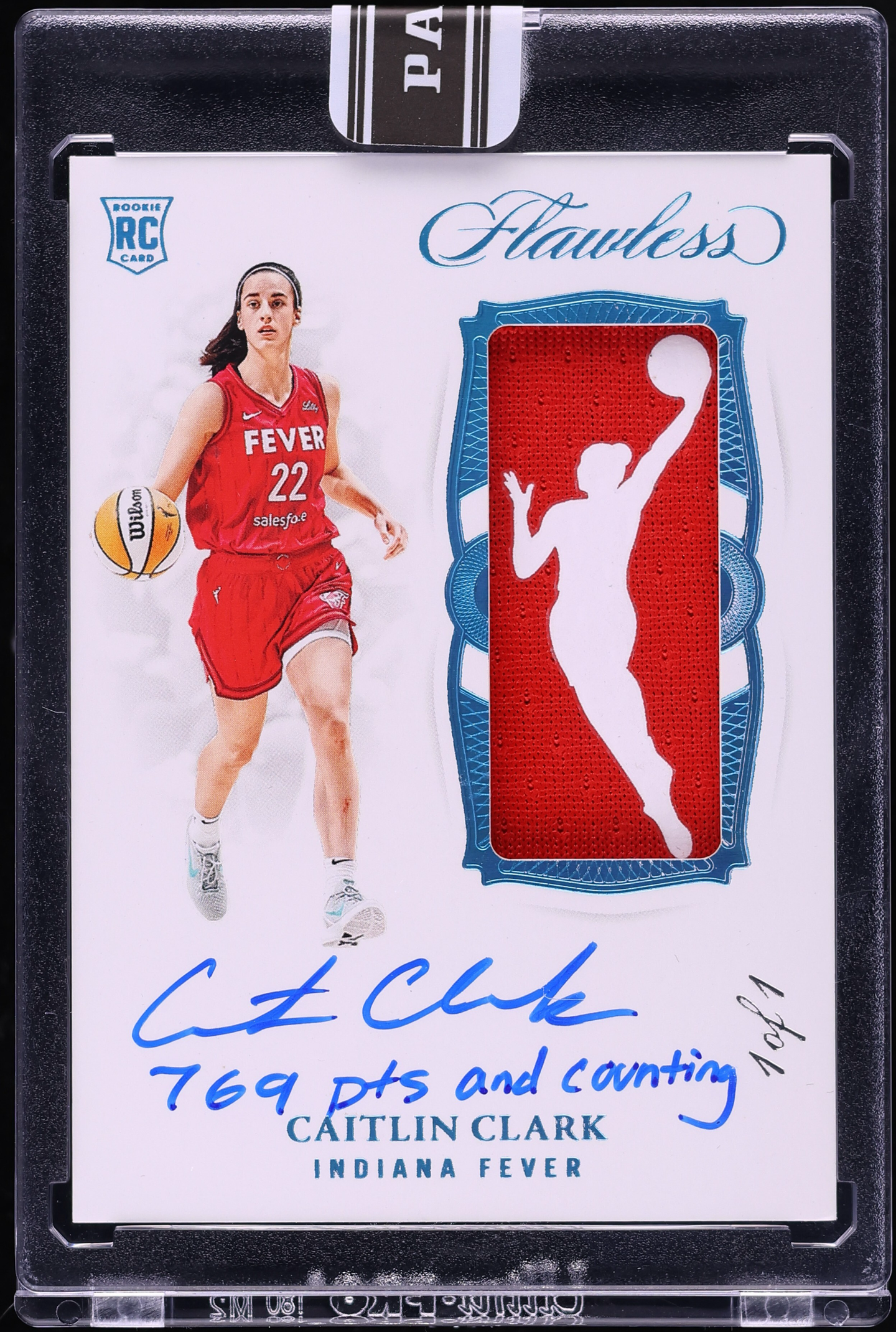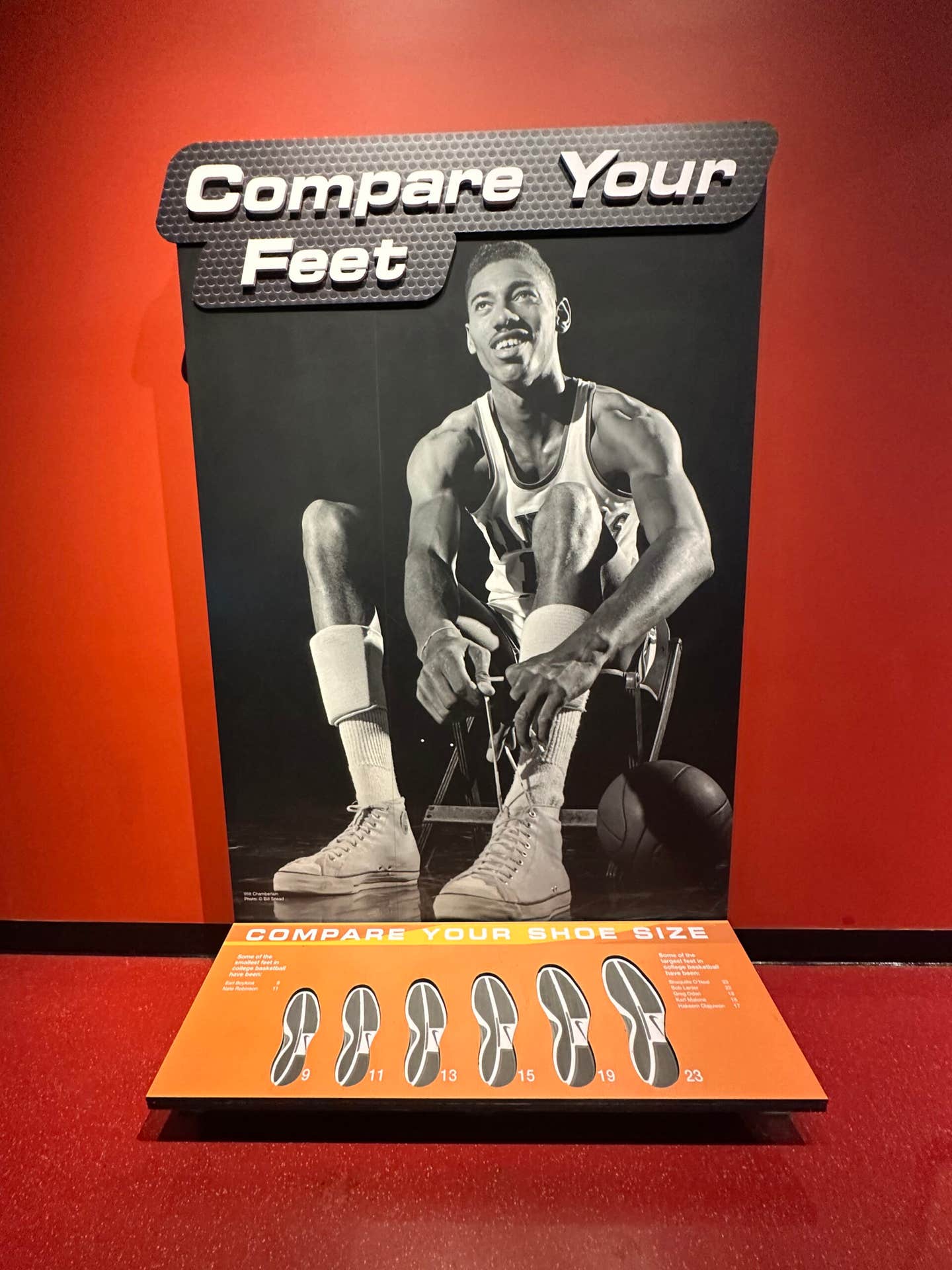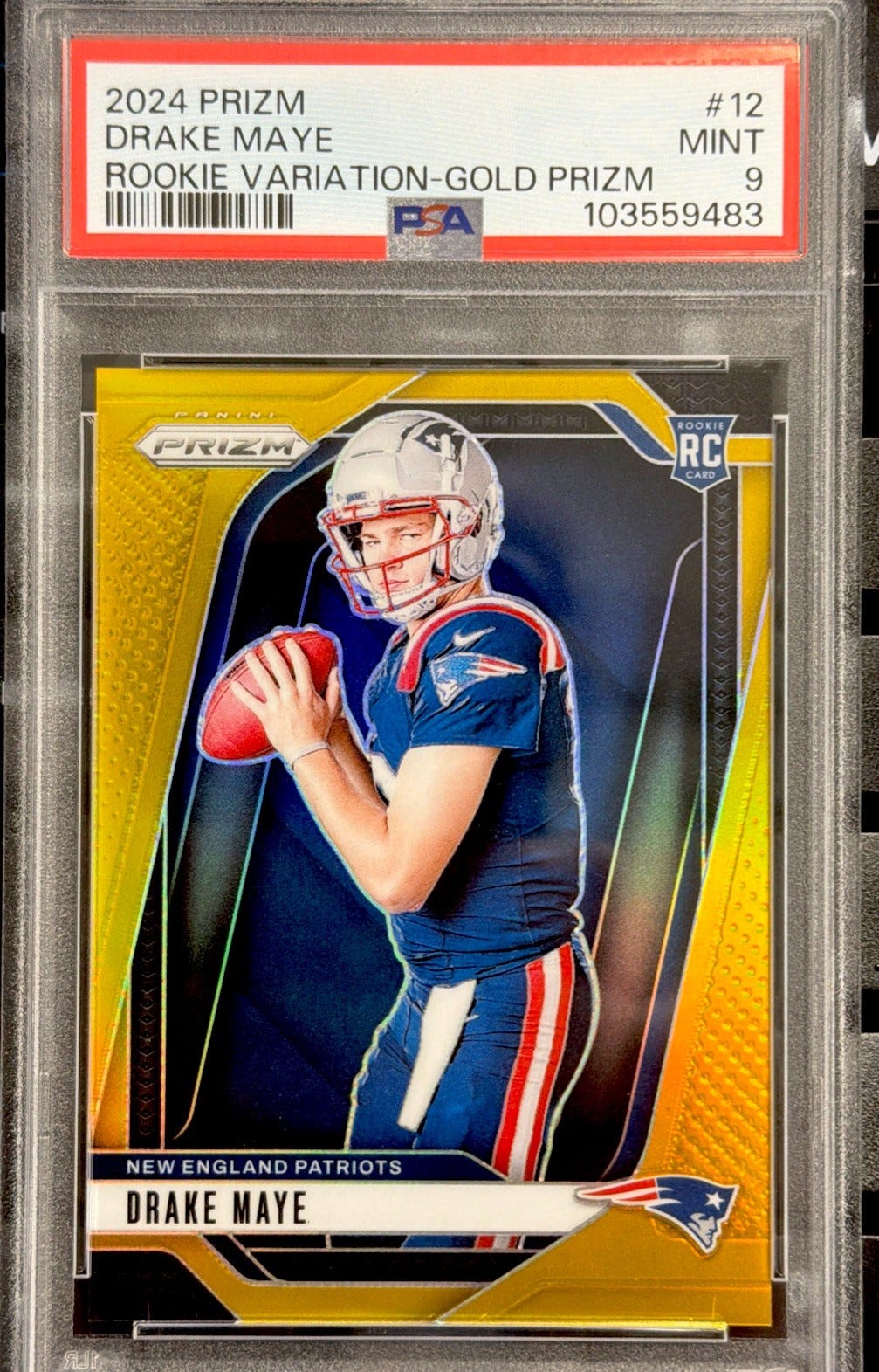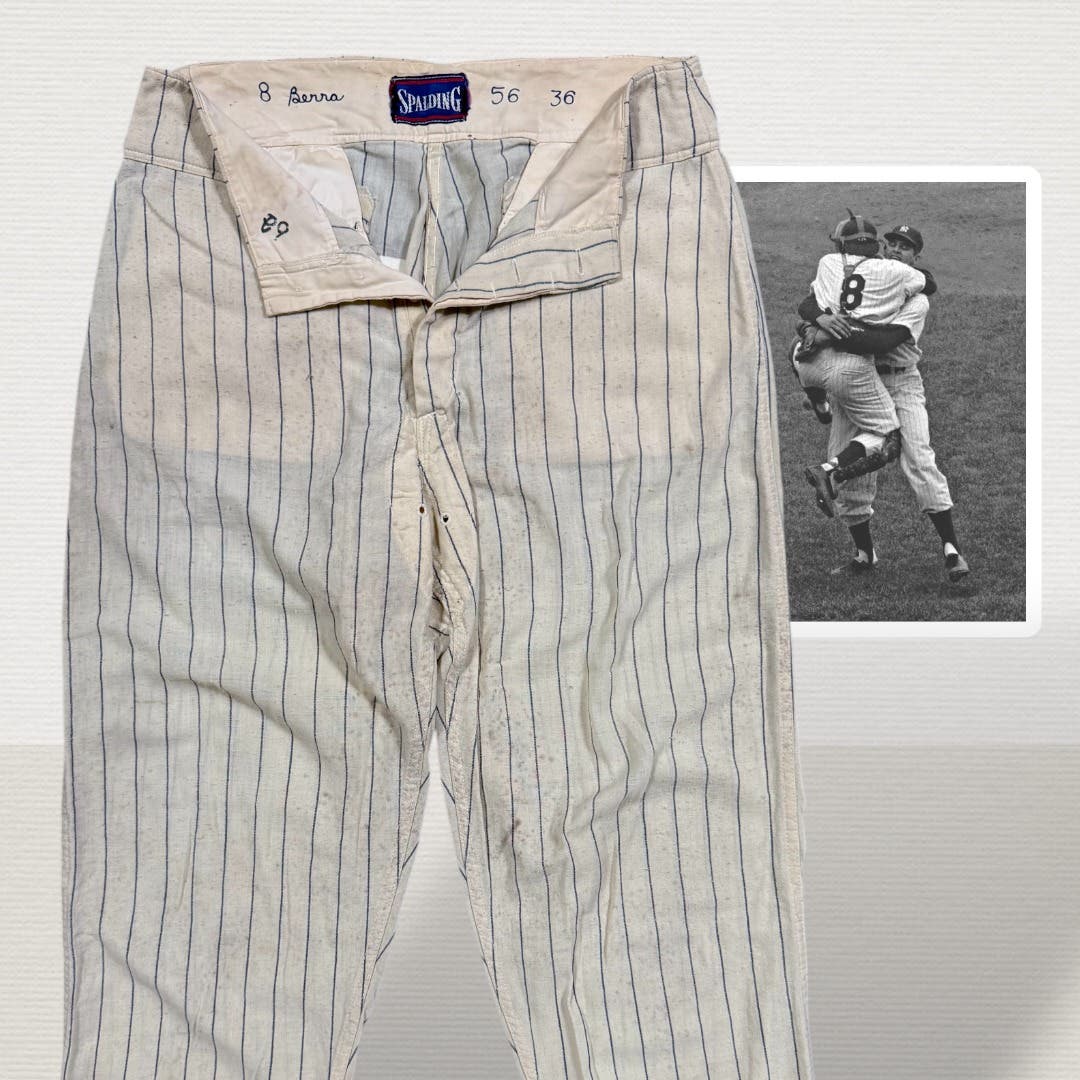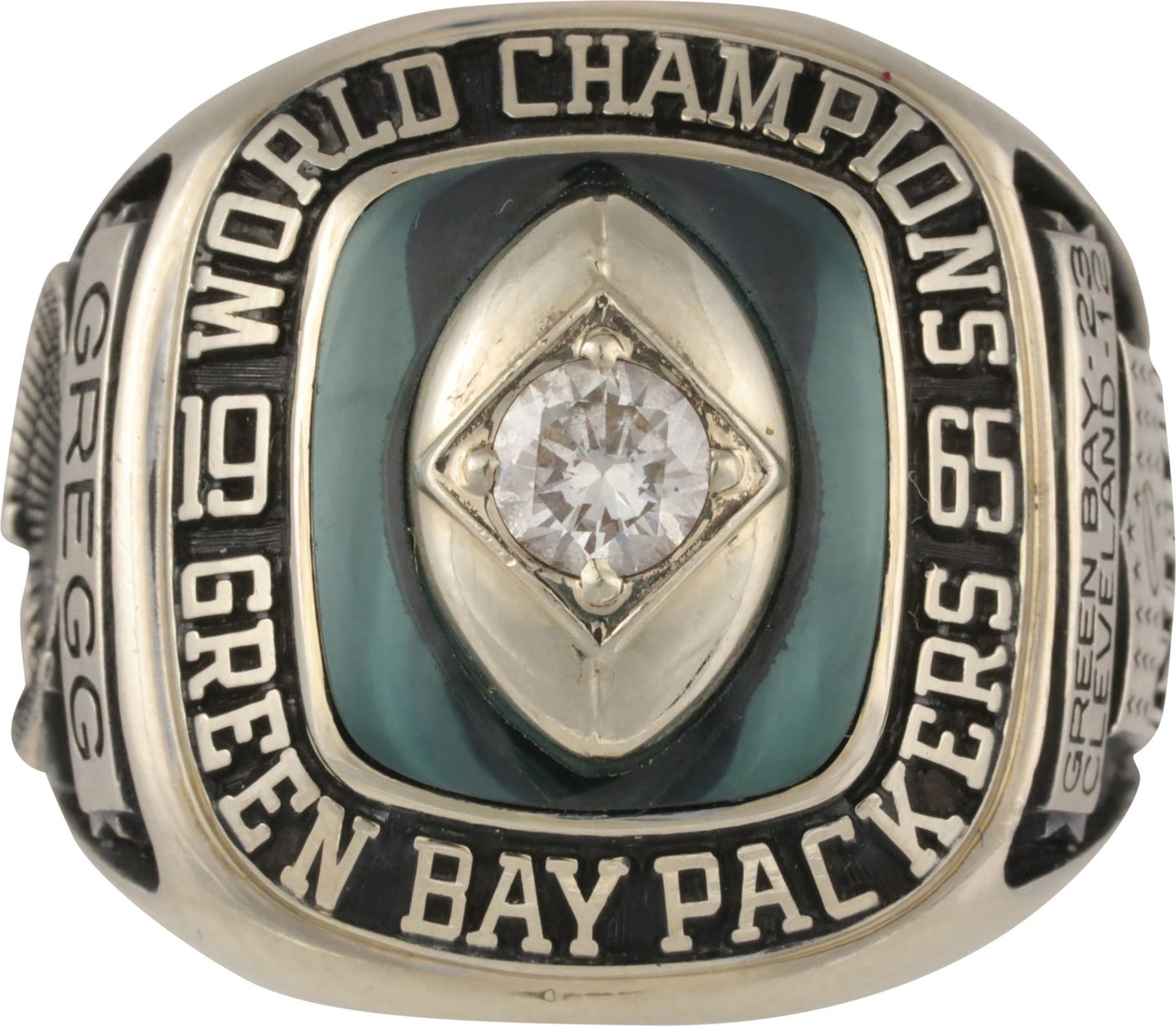News
Collecting baseball’s roadrunners
There’s nothing like seeing a tape-measure home run launched by a Paul Bunyanesque slugger. Mammoth blasts on the baseball diamond always impress us, which is why we chase high-dollar memorabilia related to the likes of Babe Ruth and Mickey Mantle, Ted Williams and Willie Mays, Hank Aaron and Mike Trout.
But what about baseball’s accomplished base-stealers—those smaller-in-stature, fleet-of-foot types? Why are we more likely to pay crazy prices for a baseball signed by Mantle than, say, Lou Brock?
“Let’s face it,” says Simeon Lipman, a longtime New York-based sports appraiser. “The home run is sexy. The strikeout is sexy. The stolen base? Not so much. It’s an important part of the game, but it’s just not as sexy. Like saves, the stolen base isn’t a highly collected stat.”
HOMERS VS. STEALS
Part of the collecting market’s preference for sluggers over base-stealers may be the mere spectacle of a home run—the sound of a baseball exploding off a slugger’s bat, the sight of a heat-seeking missile rocketing out of a ballpark, the sudden burst of crowd noise. Prodigious home runs get us on our feet.
A stolen base has a different feel. When a roadrunner reaches first base, a deliberate cat-and-mouse game ensues. The pitcher glances over repeatedly, staring down the runner, sometimes throwing to first base multiple times to keep him close. When a baserunner does steal second, we appreciate it, but we don’t give it the same roar a home run elicits.
No doubt there’s a correlation between the typical reaction to a home run and the way memorabilia collectors gravitate toward sluggers. “It seems it’s not just chicks, but collectors, too, who prefer the long ball,” says appraiser Leila Dunbar, riffing on the notorious line “Chicks dig the long ball” in the classic baseball film “Major League.”
“While Hank Aaron and Willie Mays game-used jerseys have sold in the high five figures to six figures, Brock jerseys generally have sold in the low to mid-thousands,” says Dunbar, who coordinated sports and entertainment auctions at Sotheby’s for a decade before opening her own firm, Leila Dunbar Appraisals and Consulting.
CHANGING TIMES
There are few exceptions to the hobby’s homers-over-steals preference. You have to go back to baseball’s early days to find them: Ty Cobb and “Sliding” Billy Hamilton.
The fiery Cobb was baseball’s most stirring star before Babe Ruth came along, hitting .366 and stealing 897 bases while playing with a pronounced swagger. Hamilton, from 1888 through 1901, stole even more bases than Cobb—914. (Note that one of today’s best base-stealers is also named Billy Hamilton.)
By post-World War II times, Ruth’s home run heroics had changed the game. Base-stealers regressed into the shadows; they’re still a vital part of baseball, but not nearly as celebrated. That mindset spread into the collecting market as it evolved and moved into its boom years of the 1980s and beyond.
By now, even accomplished base-stealers like Vince Coleman are afterthoughts compared to sluggers. “Coleman was a great player,” says Lipman, who has coordinated major auctions for Christie’s, Leland’s and other houses, “but he’s not somebody collectors constantly chase.”
Indeed, Coleman was a gazelle who swiped 100 or more bases in each of his first three seasons and 65 or more bases in each of his next three seasons. In all, he played 14 years and wound up sixth on the all-time stolen base list with 752 thefts. Yet in the hobby, he’s a “minor star”—one whose rookie card can be had for pocket change.
THE BROCK IMPACT
On the other hand, the market doesn’t totally ignore baseball’s great thieves—particularly Brock and Henderson. They’re not at the hobby level of the Mantles and Aarons of the world, but they do inspire activity.
“In 2009,” Leila Dunbar recalls, “Brock sold the 1974 Cardinals jersey he wore in setting the modern-day single-season stolen base record [118], and it brought $14,220. Even though Rickey Henderson broke Brock’s record in 1982 with 130 thefts, Lou’s jersey would likely sell for more today, as the 1985 game-worn Yankees jersey Henderson wore in breaking that franchise record of 74 steals sold this year for $27,600.”
In recent years, we’ve also seen hefty prices paid for Brock and Henderson rookie cards. Between 2016 and early 2020, Heritage Auctions sold several Gem-Mint 1980 Topps Henderson rookies for prices between $30,000 and $40,000. The stakes got higher in September 2020, when a Gem Mint PSA 10 Henderson rookie reached $60,000 at Heritage.
Comparatively, Brock’s 1962 Topps rookie is a bargain. It’s been selling in recent years in the range of $7,000 to $15,000 if in 9 condition. The great Cardinal’s passing at age 81 in September put his name front and center, even if it hasn’t pushed the value of that card into Henderson’s range.
DOWN THE LIST
After Brock and Henderson, the hobby’s assessment of baseball’s great base-stealers hits a wall. Consider:
• There are Hall of Famers who were known for speed but whose memorabilia is surprisingly affordable. Think Luis Aparicio, Joe Morgan, Ozzie Smith and Tim “Rock” Raines.
• There are speedy “name” players from Brock’s era who stole gobs of bases but who don’t create the same stir in the hobby. Think Maury Wills (whose 104 steals in 1962 broke Cobb’s modern-era mark), Joe Morgan and Bert Campaneris.
• And there are players from recent decades who stole hundreds of bases but who don’t inspire collectors sprinting out to find their memorabilia. Think Willie Wilson, Kenny Lofton and Juan Pierre.
The accompanying chart gives you an idea of the budget-friendly prices behind the memorabilia of these diamond thieves. Use it as a roadmap to a collecting theme that perhaps deserves more attention.
SWEET LOU
When Lou Brock retired in 1979, he left with a batting average of .293 and owned baseball’s records for stolen bases in a single season (118) and career (938).
He was also a World Series hero, hitting .300 and .414, respectively, in the Cardinals’ Fall Classic wins over the Yankees in 1964 and Red Sox in 1967. In the latter, he stole seven bases in seven games, a feat he duplicated in the 1968 World Series, in which his Cardinals lost to the Tigers.
After retiring, Brock built on his reputation as a positive ambassador of the game. As the Evansville (Ind.) Courier & Press put it: “Nearly as impressive as Brock’s exploits on the diamond was his humility off the field. He was modest and unassuming, proud of his place in baseball history.”
THESE GUYS ARE A STEAL
Let’s look at 15 fleet-footed base-stealers who played in the 1950s and later. As the list here shows, they’re easy on the budget*.
Player: Steals, Batting Average (Years Active)
Signed baseball value • Choice card, value
Rickey Henderson: 1,406 SBs, .279 (1979–2003)
Signed ball, $75–$300 • 1980 Topps #482, $750–$1,200
Lou Brock: 938 SBs, .293 (1961–79)
Signed ball, $150–$400 • 1962 Topps #387, $8,000–$14,000
Tim Raines: 808 SBs, .294 (1979–2002)
Signed ball, $50–$100 • 1981 Topps #479, $40–$75
Vince Coleman: 752 SBs, .264 (1985–97)
Signed ball, $25–$40 • 1985 Topps Traded #24T, $10–$25
Ichiro Suzuki: 708 SBs, .322 (1992-2019**)
Signed ball, $150–$400 • 2001 UD SP Authentic #91, $1,500–$2,200
Joe Morgan: 689 SBs, .271 (1963–84)
Signed ball, $75–$150 • 1965 Topps #16, $2,000–$2,500
Willie Wilson: 668 SBs, .285 (1976–94)
Signed ball, $10–$25 • 1979 Topps #409, $5–$10
Bert Campaneris: 648 SBs, .259 (1964–83)
Signed ball, $25–$85 • 1965 Topps #266, $125–$175
Kenny Lofton: 622 SBs, .299 (1991–2007)
Signed ball, $25–$50 • 1992 Donruss Update #U-6, $70–$80
Otis Nixon: 620 SBs (1983–99)
Signed ball, $10–$25 • 1986 Topps Traded #80T, $1–$5
Juan Pierre: 614 SBs, .295 (2000–2013)
Signed ball, $10–$25 • 2000 UD SP Authentic, $10–$25
Maury Wills: 586 SBs, .281 (1959–72)
Signed ball, $40–$100 • 1963 Fleer #43, $250–$300
Ozzie Smith: 580 SBs, .262 (1978-96)
Signed ball, $100–$250 • 1979 Topps, $1,000–$1,750
Brett Butler: 558 SBs, .290 (1981–97)
Signed ball, $20–$40 • 1982 Topps #502, $10–$20
Davey Lopes: 557 SBs, .263 (1972–87)
Signed ball, $50–$100 • 1973 Topps #609, $250–$350
* Prices are estimates based on auction sales. Signed-ball values do not take into account game-used examples, which carry a higher price tag. But condition and authentication do come into play, determining whether a piece goes for higher or lower within a range. Likewise, cards are affected considerably by grading. The price ranges here refer to cards in 9 condition. A grade of Gem-Mint 10 can double or triple the price.
** Ichiro stole 199 bases in the Japan Pacific League, 1992-2000. In the U.S., he stole 509 bases between 2001 and 2019. He hit .353 in Japan and .311 in the U.S.
BASEBALL’S ALL-TIME ROADRUNNERS
Rank • Stolen Bases • Player • Years Active
1) 1,406 SBs: Rickey Henderson (1979–2003)
2) 938 SBs: Lou Brock (1961–1979)
3) 914 SBs: Billy Hamilton (1888–1901)
4) 897 SBs: Ty Cobb (1905–1928)
5) 808 SBs: Tim Raines (1979–2002)
6) 752 SBs: Vince Coleman (1985–1997)
7) 742 SBs: Arlie Latham (1880–1899, 1909)
8) 741 SBs: Eddie Collins (1906–1930)
9) 738 SBs: Max Carey (1910–1929)
10) 723 SBs: Honus Wagner (1887–1917)




